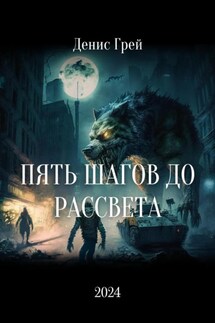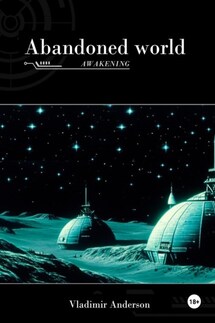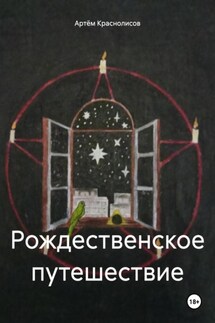Зов Ктулху / The Call of Chulhu - страница 2
The answers of artists and poets were the most interesting, and I suspect that panic would have appeared if they had compared the notes. But these were not original letters, and I suspected that they were being asked leading questions, or that the correspondence was edited. That is why I continued to feel that Wilcox had been imposing on the veteran scientist. The responses from esthetes told disturbing tale. From February 28 to April 2 a large proportion of them had dreamed very bizarre things, the intensity of the dreams was immeasurably stronger during the period of the sculptor’s delirium. Over a fourth of them[36] reported scenes and half-sounds – like those which Wilcox had described; and some of the dreamers were afraid of the gigantic nameless thing which became visible at the end. One case was very sad. A widely known architect with great interest toward theosophy and occultism went violently insane on the date of young Wilcox’s seizure, and several months later was still continuously screaming. He was asking for help, he wanted to be saved from some escaped denizen of hell. If my uncle had mentioned the real names instead of numbers, I would have done some personal investigation; but as it was, I succeeded in tracing down only a few. And it is well that no explanation ever reached them.
The newspapers’ articles, as I have learned, were concerned with cases of panic, mania, and eccentricity during the given period. Professor Angell’s collection was tremendous, and the sources were scattered throughout the globe. Here was a nocturnal suicide in London, where a man had leaped from a window after a shocking cry. Here was a letter to the editor of a newspaper in South America, where a fanatic pretold future from visions he had seen. An article from California described a theosophist colony: people in white robes were preparing for some “glorious fulfiment” which never arrived. Articles from India spoke of serious native unrest toward the end of March 22–23. The west of Ireland, too, was full of wild rumour and legendary stories, and a fantastic painter named Ardois-Bonnot[37] offered a blasphemous “Dream Landscape” in the Paris spring salon of 1926. The recorded troubles in insane asylums were very numerous as well. But I was then convinced that young Wilcox had known of the older matters mentioned by the professor and had set all of this aside.
II. The Tale of Inspector Legrasse
The older matters which had made the sculptor’s dream and bas-relief so significant to my uncle formed the second half of his long manuscript. Once before, it appears, Professor Angell had seen the hellish outlines of the nameless monstrosity, thought about the unknown hieroglyphics, and heard the ominous syllables which can be written only as “Cthulhu”.
It was in 1908, seventeen years before, when the American Archaeological Society held its annual meeting in St. Louis.[38] Professor Angell, due to his authority and attainments, had a prominent part in it. Other people offered him questions for correct answering and problems for expert solution.
There was a middle-aged man who had travelled all the way from New Orleans to get special information unobtainable from any local source. His name was John Raymond Legrasse, and he was an Inspector of Police. He brought the subject of his visit, a grotesque, repulsive, and apparently very ancient stone statuette whose origin was unknown.











